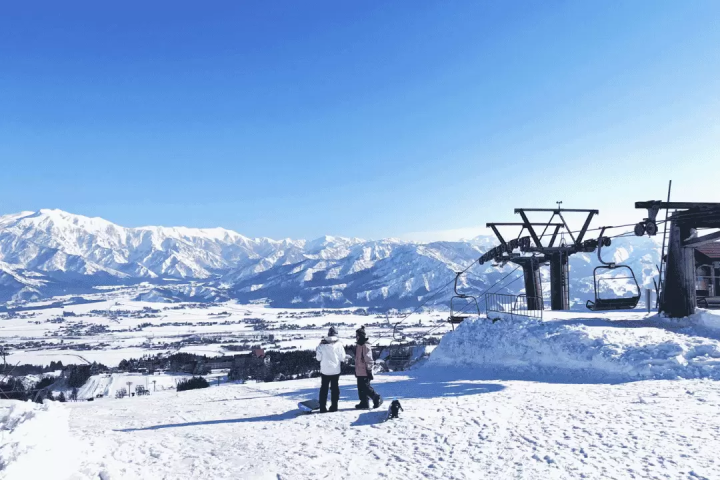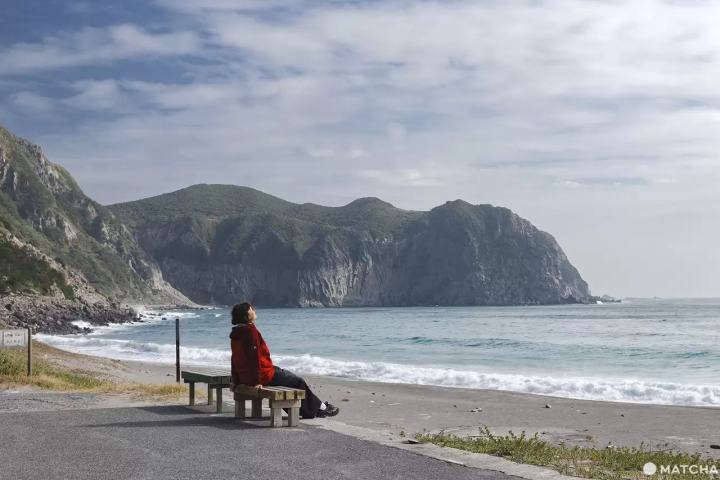[Shizuoka/Izu] “Izutabi PickUp! Report” ~Shuzenji Washi Paper Making Experience~
![[Shizuoka/Izu] “Izutabi PickUp! Report” ~Shuzenji Washi Paper Making Experience~](https://resources.matcha-jp.com/resize/720x2000/2023/10/20-149756.webp)
Collecting good things and things from Izu from a completely unique perspective This time we will experience washi paper making at Shuzenji Kamiya Washi Factory
"Izutabi PickUp!" is a website where you can purchase experiences and special products from Izu City, Shizuoka Prefecture.
In "Izutabi PickUp! Report", we will visit the places listed in "Izutabi PickUp!" and record what we felt and experienced.
-
Table of Contents
- A day when you encounter “paper that transcends time”
- Learn the history of washi and put it into practice
- ``Experimenting'' the reproduction of lost traditions and fusion with the present
A day when you encounter “paper that transcends time”


Izu Shuzenji Onsen is a compact hot spring town. There was a red bridge and a temple. There is a bamboo forest and a footbath. It's a soba and sweets restaurant.
If you walk for about 15 minutes along a gentle slope to the west from the hot spring resort, you will arrive at an area called Kamiya. As the name suggests, about 100 years ago it was a village where paper craftsmen gathered. However, with the spread of large quantities of cheap Western-style paper, the demand for Japanese paper decreased, and the paper-making industry, of which there were more than 40, was hit hard by going out of business one after another. Shuzenji paper had a long history and was one of Japan's three major washi papers, but the last one finally went out of business in the Meiji period, and only the place name ``Kamiya'' remains today.

However, people's feelings for Shuzenji paper are strong, whether you call it attachment or love. If even just one person has that feeling, the sash will be connected. In 1985, the ``Shuzenji Paper Reproduction Society'' was established. There was a time when the group suspended its activities due to the aging of the population, but Takuto Masuda was finally appointed as the Izu City Regional Revitalization Cooperation Team in 2021. The decision was made to make a full-fledged revival and commercialization of Shuzenji paper, which has a history dating back 1,000 years.
Learn the history of washi and put it into practice
![[Shizuoka/Izu] “Izutabi PickUp! Report” ~Shuzenji Washi Paper Making Experience~](https://resources.matcha-jp.com/resize/720x2000/2023/10/20-149741.webp)
The first half of the trial tour is a classroom lecture. It provides a more interesting and easy-to-understand explanation of the history, materials and processes used to make washi paper. Mr. Masuda's tours are such that no matter what question you have, he will answer ``as Mr. Masuda''. I don't just receive an answer, but it is carefully delivered to me with Mr. Masuda's color added to it. (Gentlemen!) I could feel this throughout the washi paper making experience in the second half.

![[Shizuoka/Izu] “Izutabi PickUp! Report” ~Shuzenji Washi Paper Making Experience~](https://resources.matcha-jp.com/resize/720x2000/2023/10/20-149743.webp)
The classroom lecture is a very important step in this tour, and I feel like I'm going to straighten out a little when I start the practical part of the second half. This may be due to the relay of thoughts of people who wanted to connect to the future at all costs, which is packed in the history that is said to be about 1,000 years ago, which I learned in classroom lectures.
![[Shizuoka/Izu] “Izutabi PickUp! Report” ~Shuzenji Washi Paper Making Experience~](https://resources.matcha-jp.com/resize/720x2000/2023/10/20-149744.webp)
![[Shizuoka/Izu] “Izutabi PickUp! Report” ~Shuzenji Washi Paper Making Experience~](https://resources.matcha-jp.com/resize/720x2000/2023/10/20-149745.webp)
I said something cool, but when it comes to practice, it's not so good (lol)
Mr. Masuda easily manipulates water to make paper, but when it comes to doing it himself, it's a different story. Mr. Masuda tells me, ``Do that, then do this...'' I can't help but replay the steps in my head. When it rotates, what does it mean to go around once? Mr. Masuda smiled and explained to me, ``Let's do it together at first,'' so don't worry.


By the way, you can choose paper making from three patterns: ``business card'', ``postcard'', and ``Mino block paper''. This time I chose a postcard and decided to put a plant in it and let it dry. (It takes time for it to dry, so it will be shipped from the workshop when it is completed at a later date.)

The size of the ``keta'', which is the tool used to wash business cards and postcards, is small, so it is easy to wash while keeping the water level. Mino paper has the largest digits, so it is likely to be more difficult for children. But it's also good to try. Children in this area have their diplomas made using large Mino paper at Kamiya Washi Kobo, isn't it fashionable?
![[Shizuoka/Izu] “Izutabi PickUp! Report” ~Shuzenji Washi Paper Making Experience~](https://resources.matcha-jp.com/resize/720x2000/2023/10/20-149749.webp)

After going through a number of stressful processes (with considerable support from Mr. Masuda), the postcard-sized washi paper finally took shape. From here on, it's fun and easy, and you can put your favorite plants on it with tweezers and let your imagination run wild. However, when I actually do it, I end up feeling a bit clumsy and filled with a ``desire to do well'', but that's all part of the fun.
``Experimenting'' the reproduction of lost traditions and fusion with the present

Finally, we went to see a field of mitsumata, which is one of the raw materials for Japanese paper. The mitsumata is growing well, but it still needs some time before it can be used as a material. Mr. Masuda and his friends are trying to recreate Shuzenji paper as it was in history by making materials from raw materials.
![[Shizuoka/Izu] “Izutabi PickUp! Report” ~Shuzenji Washi Paper Making Experience~](https://resources.matcha-jp.com/resize/720x2000/2023/10/20-149752.webp)
Although there are challenges in monetizing traditional crafts, what Mr. Masuda conveys is an ``experiment'' that involves repeating hypothesis and execution. Neither he nor anyone else knows whether the current location of this summitless experiment, which continues until it reaches its essence, is at the foot of the mountain or at the 5th station.
Mr. Masuda, who quietly enjoys this and has a righteous anger towards the current situation that does not reach its true nature, is looking forward to his future and the postcard he wrote that will arrive at his home a few days later.

This time I experienced it alone. That's okay too. The purposes are different, and that's okay too. However, I would like to recommend this experience to the following people.
・Those who want to experience real creative activities with their children and families
・Those who want a special souvenir that can only be made here and now
・Those who want to experience the world of 1000 years ago
・Those who want to discover the traditional paper manufacturing method
・Those who want to take a peek into the world of craftsmen
Why not step into Kamiya Washi Workshop and walk through history? Mr. Masuda, who received the sash, is waiting for you.
Author of this article
The Izu City Inbound Promotion Project Team (commonly known as "IIP") is an organization established with the aim of promoting the attraction of foreign visitors tourists to Izu City and the development of a system for accepting them, with the aim of making Izu an attractive international tourist destination that makes use of Izu's tourism resources. Izu City is rich in nature and agriculture, and has a variety of tourist attractions, including hot springs, beaches, and mountainous areas. It is also easily accessible, about two hours by train from Tokyo, making it an ideal place for day trips or weekend getaways. [Notes regarding cover images] The cover image is a winning entry in a photo contest that colors Izu City. Photographer: Ojima Hiroki Title: "Coloring the Light Snow" Unauthorized use and duplication of the cover image is prohibited. For information on using the cover image, please check the Izu City Tourism Information Website.
The contents on this page may partially contain automatic translation.





























![[30 minutes by train from Meitetsu Tokoname Station!] A must-see for couples! Recommended date Feature Articles in Aichi Prefecture](https://resources.matcha-jp.com/resize/720x2000/2025/12/19-253428.webp)

